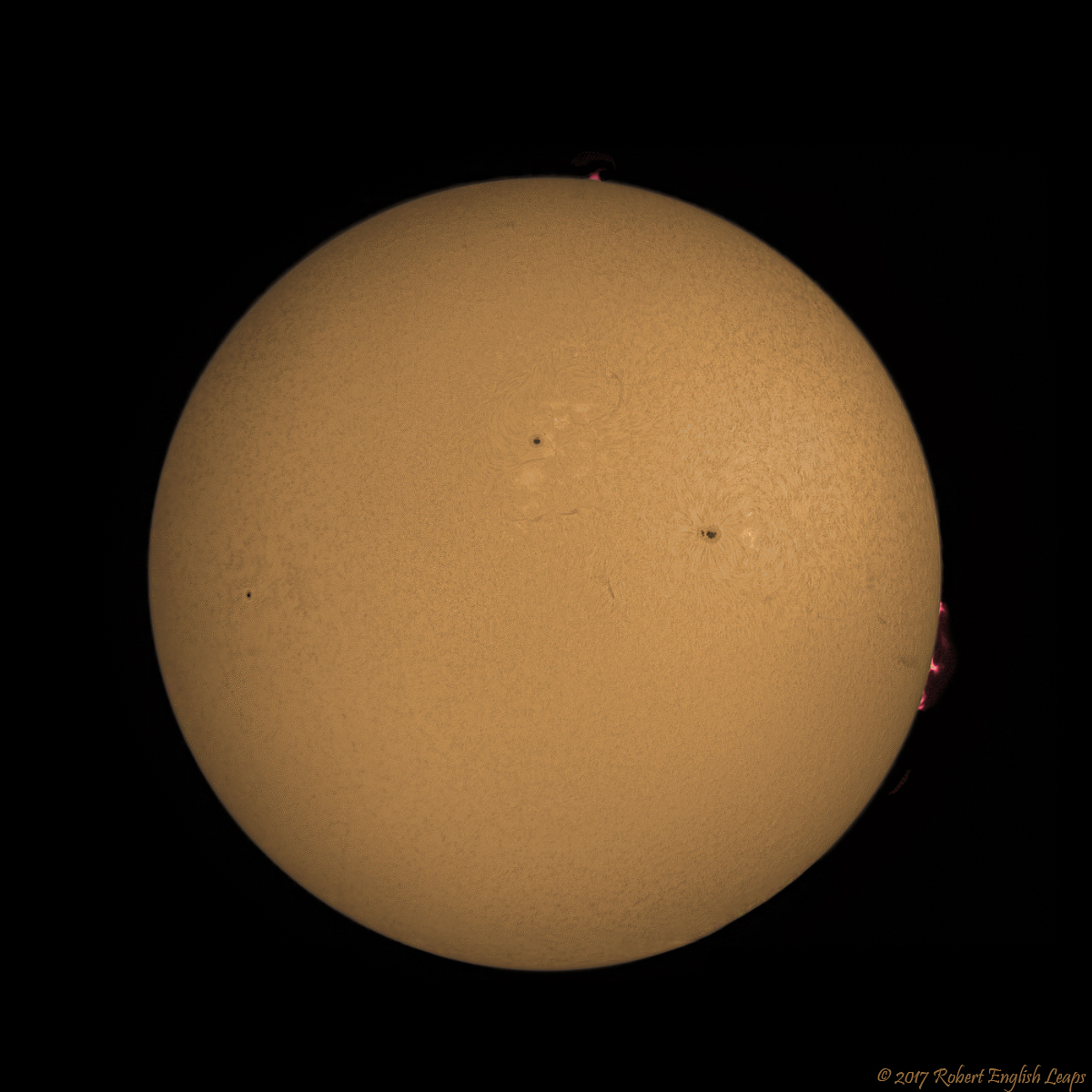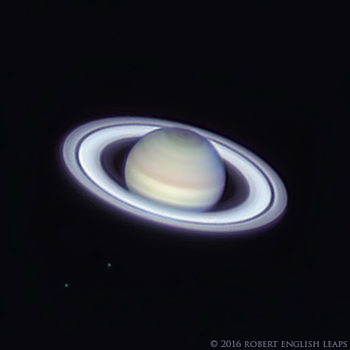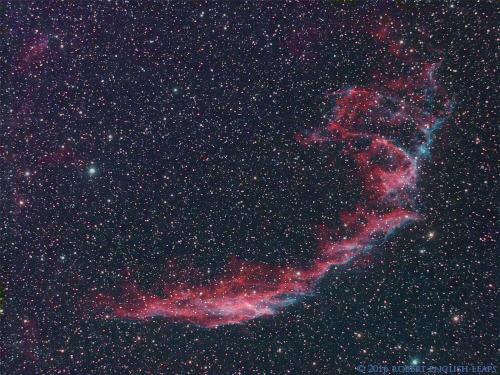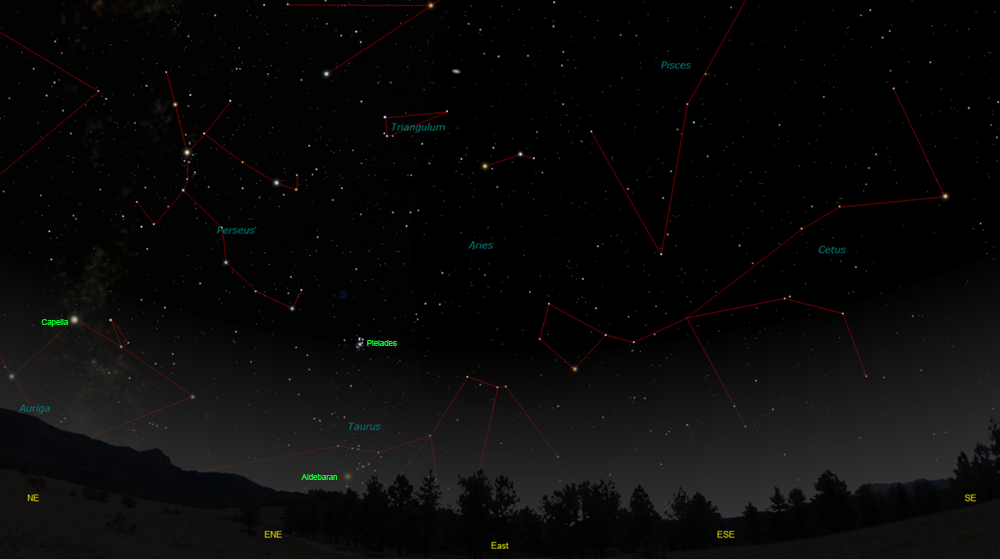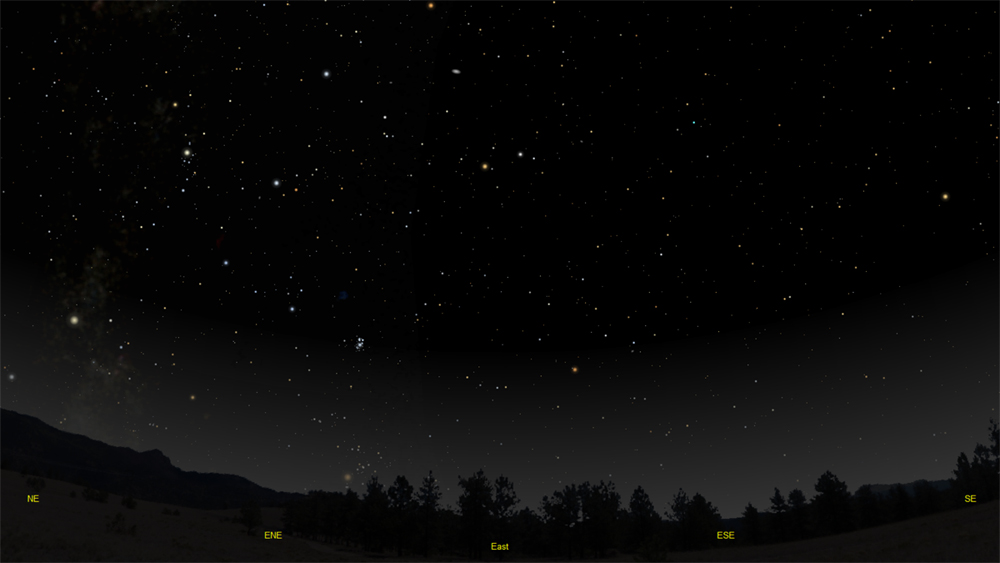The purpose of this feature is to give scout leaders, educators and naturalists an idea of some of the natural events coming up each month. We will try to cover a variety of natural events ranging from sky events to calling periods of amphibians, bird and mammal watching tips, prominent wildflowers and anything else that comes to mind. We will also note prominent constellations appearing over the eastern horizon at mid-evening each month for our area for those who would like to learn the constellations. If you have suggestions for other types of natural information you would like to see added to this calendar, let us know! Note: You can click on the hyperlinks to learn more about some of the featured items. To return to the Calendar, hit the "back" button on your browser, NOT the "back" button on the web page. All charts are available in a "printer friendly" mode, with black stars on a white background. Left clicking on each chart will take you to a printable black and white image. Please note that images on these pages are meant to be displayed at 100%. If your browser zooms into a higher magnification than that, the images may lose quality. Though we link book references to nationwide sources, we encourage you to support your local book store whenever possible.
Notes and Images From September 2017
After being treated to the solar eclipse in August, we wanted to learn a little more about our nearest star. This led to purchasing a small telescope designed for viewing the Sun in hydrogen alpha light. Although it has an aperture of only 40mm, the little scope delivers terrific views of sunspots and other surface features, and also allows viewing the beautiful and ever changing solar prominences. The image above was made by combining the best of 2600 exposures made by a small video camera through the solar telescope. The original image is in black and white, and has been colored to increase the visibility of the prominences. Sky Events for October 2017: The Orionid Meteor Shower peaks on the morning of October 21st. Best viewing is in the early morning hours. The moon will be absent during the peak, resulting in dark skies. Evening Sky:
Jupiter is very low in the western sky after sunset at the beginning of the month. It soon disappears into the twilight glow. Saturn is visible all month, but view it as early as possible in the evening to get the best telescopic views. Look for it in the southwest in Ophiuchus. The rings are now open to their maximum tilt of 27 degrees. Uranus and Neptune are both visible in binoculars this month if you are patient and take the time to look for them. We spotted both recently from urban skies in 10x30 binoculars. Finder charts for both are here. If you have an app like Sky Safari (see "Recommended" below) it makes the hunt a lot easier.
Morning Sky: Look for bright Venus low in the eastern sky before sunrise. Mars will be about 3 degrees below Venus in the morning sky at the beginning of the month. On the 5th, the two planets appear to pass each other, and from then on Mars will be above Venus.All times noted in the Sky Events are for Franklin, Tennessee and are in Central Daylight Time. These times should be pretty close anywhere in the mid-state area. Constellations: The views below show the sky looking east at 9:30pm CDT on October 15th. The first view shows the sky with the constellations outlined and labeled. Star and planet names are in green. Constellation names are in blue. The second view shows the same scene without labels. Prominent constellations include Andromeda, Perseus, Triangulum, the Triangle, Aries, the Ram, and Cetus, the Sea Monster. Auriga, the Charioteer, with its bright star Capella, and Taurus, the Bull, are rising in the northeast. The bright star Aldebaran, a red giant representing the eye of the bull, should just be rising.Above Aldebaran, look for the Pleiades, a beautiful open star cluster. Also called the "Seven Sisters," it has been known since antiquity. In Japan it is known as Subaru, and the Subaru automobile is named for this cluster. Before the Gregorian calendar reform in 1582, the Pleiades culminated around midnight on October 31st, and it has been traditionally associated with Halloween.
Fall is a great time to search for the very faint Veil Nebula. This ghostly supernova remnant is high in the sky this time of year, and you can sometimes spot it with 10x50 binoculars on very clear moonless nights. You won't see the fine detail or the colors you see in the image at right, but it's fun to try and catch the faint smoky wisps against a starry background. You can find a binocular finder chart and tips for spotting the Veil Nebula here. I've spotted the eastern side of the nebula in the fall. I don't think I've ever spotted the western side with binoculars. The embedded bright star 52 Cygni seems to dazzle my eyes too much to see the nebulosity there. Using averted vision and looking to one side of the nebula's position may help you spot it. The word nebula is from the Latin word meaning little cloud, or mist. That's exactly what the eastern side of the Veil looks like in binoculars on a very clear night. On Learning the Constellations: We advise learning a few constellations each month, and then following them through the seasons. Once you associate a particular constellation coming over the eastern horizon at a certain time of year, you may start thinking about it like an old friend, looking forward to its arrival each season. The stars in the evening scene above, for instance, will always be in the same place relative to the horizon at the same time and date each October. Of course, the planets do move slowly through the constellations, but with practice you will learn to identify them from their appearance. In particular, learn the brightest stars for they will guide you to the fainter stars. Once you can locate the more prominent constellations, you can "branch out" to other constellations around them. It may take you a little while to get a sense of scale, to translate what you see on the computer screen or what you see on the page of a book to what you see in the sky. Look for patterns, like the stars that make up the constellation of Perseus. The earth's rotation causes the constellations to appear to move across the sky just as the Sun and the Moon appear to do. If you go outside earlier than the time shown on the charts, the constellations will be lower to the eastern horizon. If you observe later, they will have climbed higher. To observe faint objects, it's always better to wait until they are high in the sky. As each season progresses, the earth's motion around the sun causes the constellations to appear a little farther towards the west each night for any given time of night. The westward motion of the constellations is equivalent to two hours per month. Recommended: Sky & Telescope's Pocket Star Atlas is beautiful, compact star atlas. A good book to learn the constellations is Patterns in the Sky, by Hewitt-White. For skywatching tips, an inexpensive good guide is Secrets of Stargazing, by Becky Ramotowski.
A good general reference book on astronomy is the Peterson
Field Guide,
A Field Guide to the Stars and Planets, by Pasachoff. The book retails for around $14.00.
The Virtual Moon Atlas is a terrific way to learn the surface features of the Moon. And it's free software. You can download the Virtual Moon Atlas here. Cartes du Ciel (described in the monthly notes above) is a great program for finding your way around the sky. It is also free, and can be downloaded here. Apps: We really love the Sky Safari 5 Pro. It is available for both iOS and Android operating systems. There are three versions. The Pro is simply the best astronomy app we've ever seen. The description of the Pro version reads, "includes over 27 million stars, 740,000 galaxies down to 18th magnitude, and 620,000 solar system objects; including every comet and asteroid ever discovered." For upcoming events, the Sky Week application is quite nice. Available for both I-phone and Android operating systems.A nother great app is the Photographer's Ephemeris. Great for finding sunrise, moonrise, sunset and moonset times and the precise place on the horizon that the event will occur. Invaluable not only for planning photographs, but also nice to plan an outing to watch the full moon rise. Available for both androids and iOS.
Amphibians:
Listen for Southern Leopard Frogs calling during their fall breeding period. Listen also for Spring Peepers to call from patches of woods. Upland Chorus Frogs sometimes give a very dry, raspy version of their call in October. Warm-weather species like treefrogs seldom call now, but you can sometimes find them foraging in trees and shrubs. You can locate many of the frogs and toads that have been calling more frequently earlier in the year by driving the back roads slowly on rainy nights. This is a two person job. One person watches the road for amphibians and one person looks out for other vehicles. Continue to look for salamander species that breed in the fall, like the Marbled Salamander.Recommended: The Frogs and Toads of North America, Lang Elliott, Houghton Mifflin Co. Archives (Remember to use the back button on your browser, NOT the back button on the web page!)
Natural Calendar February 2016 Natural Calendar December 2015 Natural Calendar November 2015 Natural Calendar November 2014 Natural Calendar September 2014 Natural Calendar September 2013 Natural Calendar December 2012 Natural Calendar November 2012 Natural Calendar September 2012 Natural Calendar February 2012 Natural Calendar December 2011 Natural Calendar November 2011 Natural Calendar September 2011 Natural Calendar December 2010 Natural Calendar November 2010 Natural Calendar September 2010 Natural Calendar February 2010 Natural Calendar December 2009 Natural Calendar November 2009 Natural Calendar September 2009 Natural Calendar February 2009 Natural Calendar December 2008 Natural Calendar November 2008 Natural Calendar September 2008 Natural Calendar February 2008 Natural Calendar December 2007 Natural Calendar November 2007 Natural Calendar September 2007 Natural Calendar February 2007 Natural Calendar December 2006 Natural Calendar November 2006 Natural Calendar September 2006 Natural Calendar February 2006
Natural Calendar December 2005
Natural Calendar November 2005
Natural Calendar September 2005
Natural Calendar February 2005
Natural Calendar December 2004
Natural Calendar November 2004
Natural Calendar September 2004
Natural Calendar February 2004
Natural Calendar December 2003
Natural Calendar November 2003 Natural Calendar February 2003 Natural Calendar December 2002 Natural Calendar November 2002 Nature Notes Archives: Nature Notes was a page we published in 2001 and 2002 containing our observations about everything from the northern lights display of November 2001 to frog and salamander egg masses. Night scenes prepared with The Sky Professional from Software Bisque All images and recordings © 2016 Leaps.
|
|
